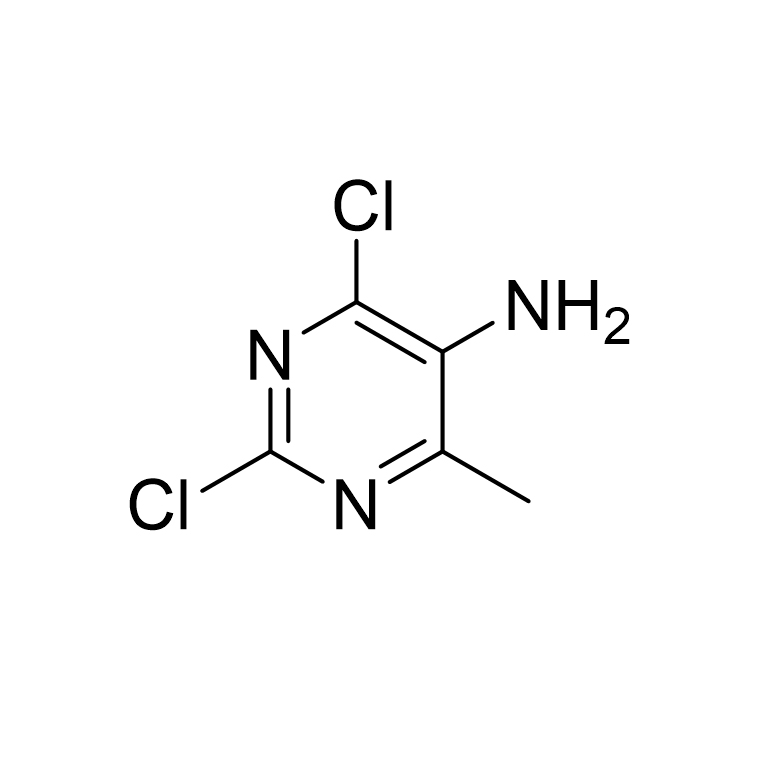- Abemaciclib Intermediates
- Larotrectinib Intermediate
- Ivacaftor Intermediates
- AZD-9574 Intermediate
- AZD-5305 Intermediate
- Delafloxacin Intermediates
- Ponatinib Intermediates
- Baloxavir Intermediates
- Lisapram Intermediates
- Suzetrigine(VX548) Intermediate
- Resmetirol GL3196 Intermediate
- Dotinod Intermediates
- Other Intermediates
2,4-DICHLORO-5-AMINO-6-METHYLPYRIMIDINE CAS:13162-27-1
ZhonghanProduct Overview
2,4-Dichloro-5-amino-6-methylpyrimidine is an important organic compound that plays a key role in medicine, pesticides and organic synthesis. Its unique chemical structure gives it special properties and wide application value.
ZhonghanStructural formula
Molecular formula |
C5H5Cl2N3 |
Molecular weight |
178.02 |
Density |
1.504±0.06 g/cm3 (Predicted) |
Storage conditions |
under inert gas (nitrogen or Argon) at 2–8 °C |
Acidity coefficient (pKa) |
-0.83±0.39 (Predicted) |
Melting point |
115-116.5℃ |
Boiling point |
281.6±35.0 °C (Predicted) |
ZhonghanPhysical properties
1. Appearance: It usually appears as white to off-white crystalline powder with uniform texture and stable color. This appearance characteristic helps to make preliminary quality judgments and identification of the product during production and use.
2. Melting point: [Specific melting point value, accurate melting point is an important basis for identifying product purity and can be used for quality control during synthesis and purification]. By accurately measuring the melting point, the purity and quality stability of the product can be effectively evaluated.
3. Solubility: It is slightly soluble in water and has certain solubility in common organic solvents such as methanol, ethanol, acetonitrile, N,N-dimethylformamide (DMF), etc. This solubility characteristic enables it to be flexibly used in different chemical reaction systems. According to the specific reaction requirements, a suitable solvent can be selected to promote the reaction. For example, in some nucleophilic substitution reactions, choosing acetonitrile as a solvent can increase the reaction rate and yield.
4. Stability: 2,4-dichloro-5-amino-6-methylpyrimidine has good chemical stability in a dry, light-proof environment at room temperature. However, when it encounters special conditions such as strong oxidants, strong acids, strong bases or high temperatures, its chemical structure may change and trigger chemical reactions. For example, under strong alkaline conditions, chlorine atoms may be replaced by hydroxyl groups. Therefore, environmental conditions need to be strictly controlled during storage and use to ensure the quality and performance of the product.
ZhonghanApplication Areas
1. Pharmaceutical field: As an important pharmaceutical intermediate, 2,4-dichloro-5-amino-6-methylpyrimidine plays a key role in drug research and development. The amino, chlorine atoms and methyl groups in its molecular structure provide abundant reaction sites for the construction of complex drug molecules. By reacting with other biologically active groups, drugs with various pharmacological activities can be synthesized, such as antibacterial drugs, antiviral drugs and anti-tumor drugs. For example, in the development of antibacterial drugs, by structurally modifying and transforming 2,4-dichloro-5-amino-6-methylpyrimidine, new antibacterial drugs with high inhibitory activity against specific pathogens can be synthesized, providing new ideas and methods for solving clinical drug resistance problems; in the research of antitumor drugs, it can be used as a key structural unit to participate in the construction of drug molecules with targeted anti-cancer activity, providing new drug options for the treatment of cancer.
2. Pesticide field: 2,4-dichloro-5-amino-6-methylpyrimidine also plays an important role in the creation of new pesticides. By utilizing its unique chemical structure and reactivity, pesticide products with high insecticidal, fungicidal and herbicidal activities can be synthesized. These pesticides have the advantages of unique mechanism of action, high selectivity and environmental friendliness. They can effectively prevent and control agricultural pests and diseases, improve the yield and quality of crops, and reduce the negative impact on non-target organisms and the environment. For example, the new pesticide synthesized with 2,4-dichloro-5-amino-6-methylpyrimidine as an intermediate can achieve the purpose of high-efficiency insecticide by interfering with the nervous system or metabolic process of pests, and has low toxicity to mammals, which meets the needs of modern green agricultural development.
3. Organic synthesis: In organic synthetic chemistry, 2,4-dichloro-5-amino-6-methylpyrimidine is an important raw material for the synthesis of various complex organic compounds. Its active reaction sites can participate in a variety of organic chemical reactions such as nucleophilic substitution reactions, coupling reactions, and cyclization reactions, thereby providing key structural fragments for the synthesis of organic materials with special structures and functions, functional dyes, organic catalysts, etc. For example, when synthesizing organic materials with fluorescent properties, coupling reactions of 2,4-dichloro-5-amino-6-methylpyrimidine with other compounds containing conjugated structures can prepare new materials with unique fluorescent emission characteristics, which can be used in the fields of fluorescent sensors, bioimaging, etc.

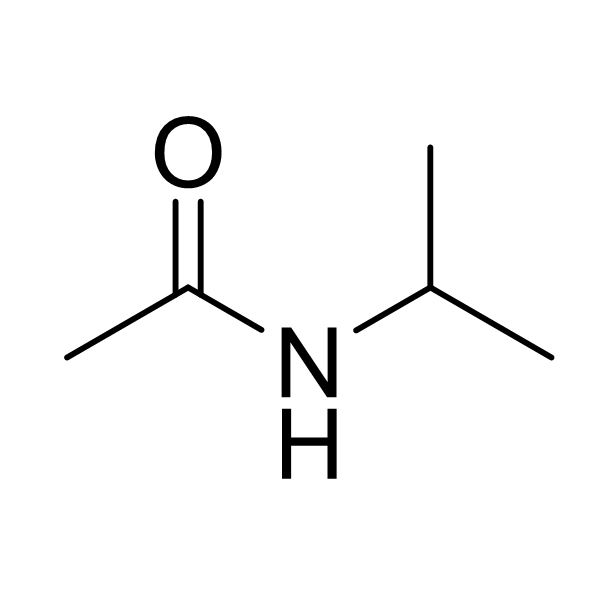
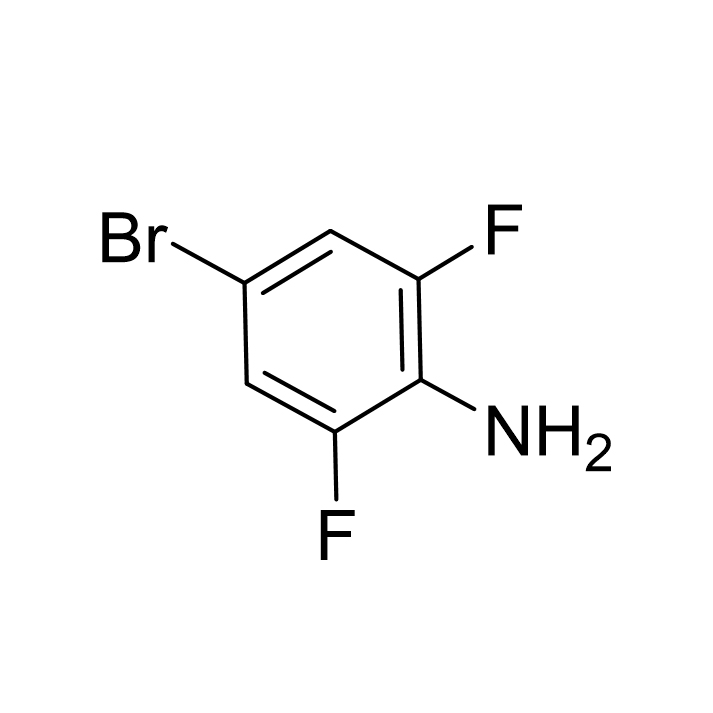
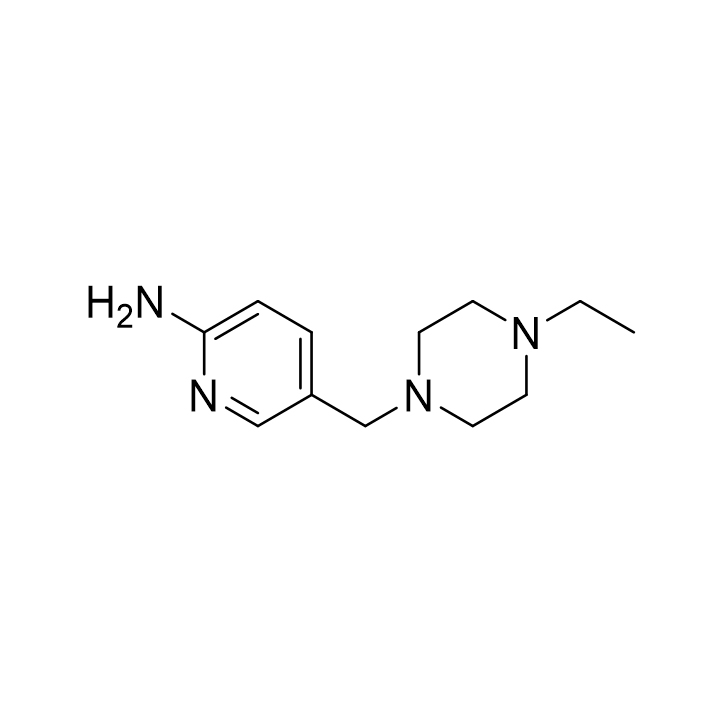
![6-Bromo-4-fluoro-1-isopropyl-2-methyl-1H-benzo[d]imidazole CAS:1231930-33-8](/source/9e9faa51f944bc7ac934c145f661fec3/cas1231930-33-8.jpg)
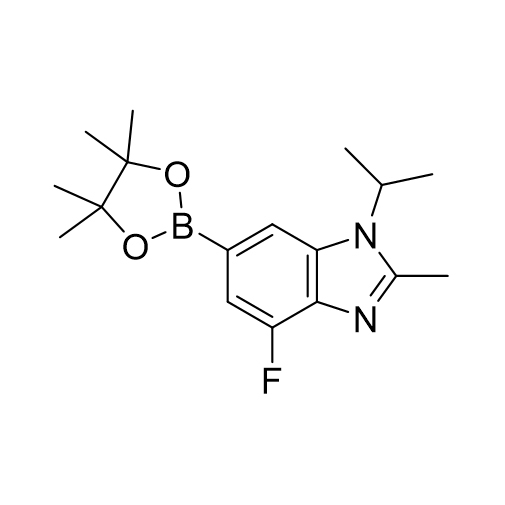
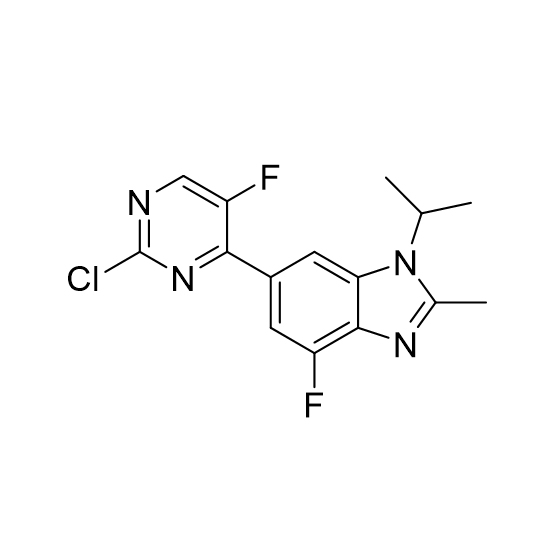
![5-Hydroxypyrazolo[1,5-a]pyrimidine CAS:29274-22-4](https://ecdn6.globalso.com/upload/p/3069/image_product/2025-02/cas29274-22-4.jpg)
![5-Chloropyrazolo[1,5-a]pyrimidine CAS:29274-24-6](/source/2d2e4c8649a6444c8114fbceac0e361d/cas29274-24-6.jpg)
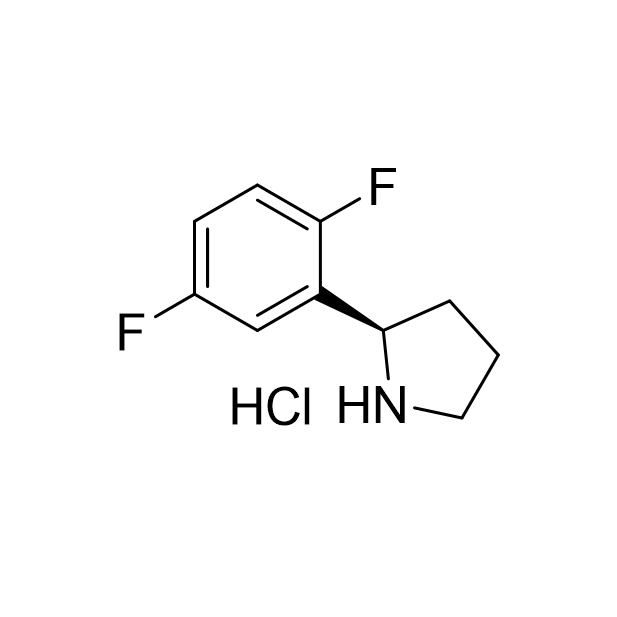
![5-Chloro-3-nitropyrazolo[1,5-a]pyriMidine CAS:1363380-51-1](/source/c735e97d9d2434baa533916048357d17/cas1363380-51-1.jpg)
